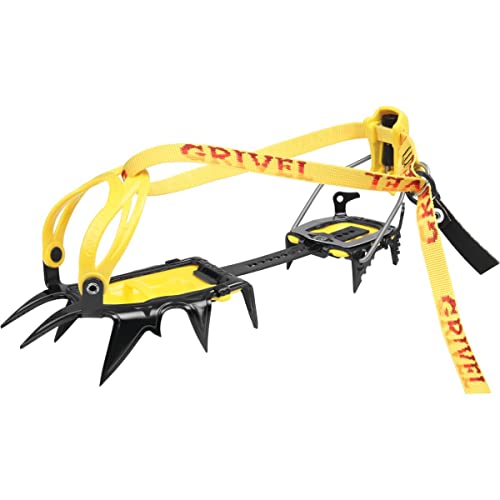Understanding the Benefits of an Extra-Large Yoga Mat
More Room to Move
When we practice yoga, having enough space is essential for freedom of movement. An extra-large yoga mat provides ample room to stretch out, execute poses, and transition smoothly between movements without the constant concern of falling off the edges. Whether we’re practicing wide leg stances or simply want to ensure that our body has the space to align properly, extra-large mats give us that peace of mind.
Ideal for Group Classes or Home Practice
If we’re attending a group class or sharing our space with others, an extra-large mat ensures we have enough room to avoid unexpected collisions. In a home environment, this kind of mat allows us to create a designated area for our practice, making it feel like a personal sanctuary. This extra space can transform our practice into something even more enjoyable and freeing.
Enhanced Comfort During Longer Sessions
Longer sessions can sometimes lead to discomfort, especially as we work through complex poses. An extra-large yoga mat means more surface area that can accommodate our bodies fully, preventing us from feeling cramped or restricted. This can be particularly beneficial during restorative practices or when we’re working on more extensive routines.
Choosing the Right Material: What Works Best for Your Practice
Understanding the Different Materials
When selecting an extra-large yoga mat, the material plays a significant role in our overall experience. We often find ourselves faced with options like PVC, natural rubber, and TPE. PVC mats offer excellent grip and are durable but can retain odours. Natural rubber mats are eco-friendly and provide great traction, while TPE mats are lightweight and biodegradable, making them a good choice for those looking for sustainability without compromising on performance.
Grip and Cushioning Considerations
The right material can influence grip and cushioning. If we tend to sweat during our practice, choosing a mat with a non-slip surface like natural rubber can help us maintain our footing during movements. For those who prefer a softer feel, TPE mats can offer a great balance between cushioning and stability. It’s essential to consider our own preferences and the conditions in which we practice.
Exploring the Ideal Thickness: Comfort vs. Stability
What Thickness Means for Us
The thickness of a yoga mat affects both comfort and stability. Thicker mats, often around 6mm or more, provide additional cushioning for our joints, making floor poses more comfortable. However, if we’re practicing advanced balancing poses, a thinner mat around 3 to 5mm may enhance stability, allowing us to feel more connected to the ground.
Finding the Right Balance
Deciding on thickness comes down to our practice style and personal preferences. If we participate in restorative yoga or have sensitive joints, opting for a thicker mat is likely the best route. On the other hand, if we engage in more dynamic practices like vinyasa or ashtanga, a medium thickness might strike the right balance for both comfort and control.
How to Select the Perfect Size for Your Practice Space
Measuring Your Space
Before purchasing an extra-large yoga mat, we should measure our available practice space. Ensuring we have room to extend our arms and legs fully during poses is crucial. If we practice in a small area, an extra-large mat can feel overwhelming and restrictive, so it’s essential to find the right fit for our surroundings.
Considering Additional Props
Additionally, we should consider other items in our practice space. If we use props like blocks or straps, ensuring there’s enough space for those essentials, alongside our mat, will create a more enjoyable practice environment. Factoring in furniture and other obstacles is necessary to ensure an uninterrupted practice.
Caring for Your Extra-Large Yoga Mat: Tips for Longevity
Cleaning and Maintenance
Caring for our yoga mat helps extend its life significantly. After each session, we should wipe down our mat with a damp cloth and a gentle cleaning solution or a specialised mat cleaner. This helps remove sweat and dirt that can degrade the surface over time. Regular cleaning not only maintains the mat’s appearance but also preserves its grip.
Storage Practices
Where and how we store our extra-large mat also impacts its longevity. If we roll it up, we should flip it over to protect the surface and prevent it from warping. For those who often transport their mats, investing in a quality mat bag can help shield it from damage while on the go. Following these care tips ensures that our investment in an extra-large yoga mat continues to serve us well for years to come.















